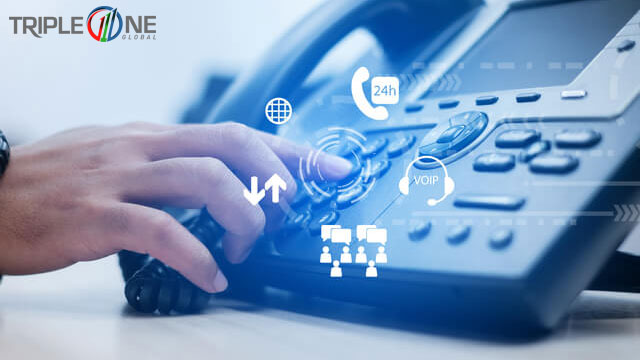Session Initiation Protocol or SIP trunk cost consists of six components that in general fall into fixed and non-fixed elements. Get to know the component at first before you call a SIP trunk provider.
1. Construction Cost
A SIP provider may charge between US$0 and US$150 per set up. This SIP trunk cost element is a fixed one. The provider typically determines the component in spite of the number of channels that you will purchase.
2. Monthly Channel Cost
This is a non-fixed cost component. Figure out how many channels that require the SIP trunking. Sometimes, you will have to add channels depending on the business scalability. When the scenario happens, think about additional monthly channel costs you’ll have to pay.
3. Call cost
This one varies amongst SIP providers. But generally speaking, two schemes are available for you. You can either choose an unlimited or metered calling. A comprehensive calculation is necessary before deciding which one meets the need.
The unlimited calling scheme includes unlimited inbound and outbound domestic and international calls. On the other hand, the metered calling scenario sets certain charges upon every minute for making a call. The scheme applies to local and global calls.
Unlimited calling choice suits better for your company or organization that often make long-distance or international calls. And this what makes customers prefer to use the SIP trunk. Regardless of country call rate, you can expect that the SIP trunking allows you enjoying lower international call costs.
4. Number Porting and New Numbers
Two SIP trunk cost schemes apply for this point. Number porting is usually one-time free. Adding new numbers will result in increased monthly charges. SIP vendors will offer you with different cost plans for the point.
5. Toll-Free Numbers and Emergency Calls
Typically, the element is lower than traditional phone calls. Some SIP vendors provide e911 callings that require customers to register their locations and update them regularly. Pay attention to factors, such as taxes, fees, and surcharges. SIP vendors usually calculate them as regulated by state administrations. Your monthly bill may contain the factors.
6. VoIP Gateways
You’ll need to purchase Voice-over-Internet Protocol (VoIP) gateways should you have an existing older generation of Private Branch Exchange (PBX). The VoIP gateways will help to convert calls from traditional to virtual calls via the SIP trunking system. You shouldn’t buy the VoIP gateways should your PBX system has an Internet Protocol system.
Consult with some SIP providers on SIP trunk cost Components to gain the best price for your enterprise or organization. The suggestion holds true whether or not you’re a first-time consumer. With various cost schemes, you’ll have more options to adjust to operating expenses.
Also read: Find Out How SIP Trunking Works Here




